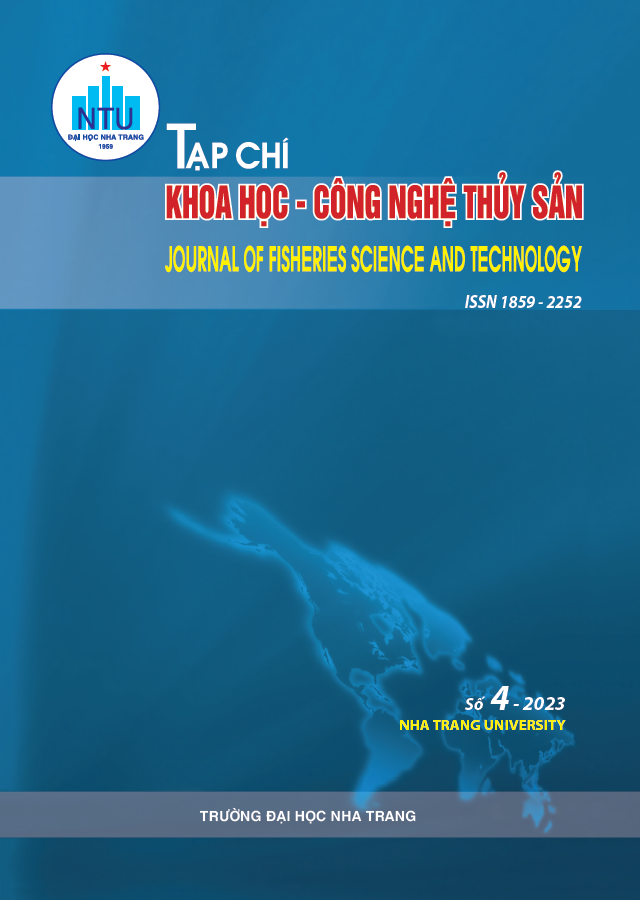##plugins.themes.huaf_theme.article.main##
Abstract
Microalgae are unicellular organisms with a simple structure, enabling them to well adapt and fast grow in various kind of environements. Microalgae play a crucial role in water ecosystems, economic sectors as well as a essential, non-replaceable feed source for aquatic larvae. Microalgae are considered a nutrient-rich food, containing proteins, lipids, carbohydrates, minerals, vitamins, chlorophylls, carotenoids, and more. To date, various methods of microalgae harvesting have been researched and implemented in industries such as biofuel production, food processing, pharmaceuticals, cosmetics, and aquaculture. However, in actual production, the water removal process during microalgae harvesting is facing to many challenges, especially in high investment, requires a significant amount of energy, and labor demand. This article discusses the advantages and disadvantages of several key microalgae harvesting methods and analyzes the potential application of biopolymer-based microalgae harvesting. This method ensures safety for animals when using microalgae as food and plays a crucial role in the sustainable development of aquaculture. When combined with other harvesting methods, it offers high harvesting efficiency, substantial energy savings, ease of operation, and the development of microalgae harvesting technology on an industrial scale.
Keywords: Aquaculture, chitosan, harvesting methods, microalgae

